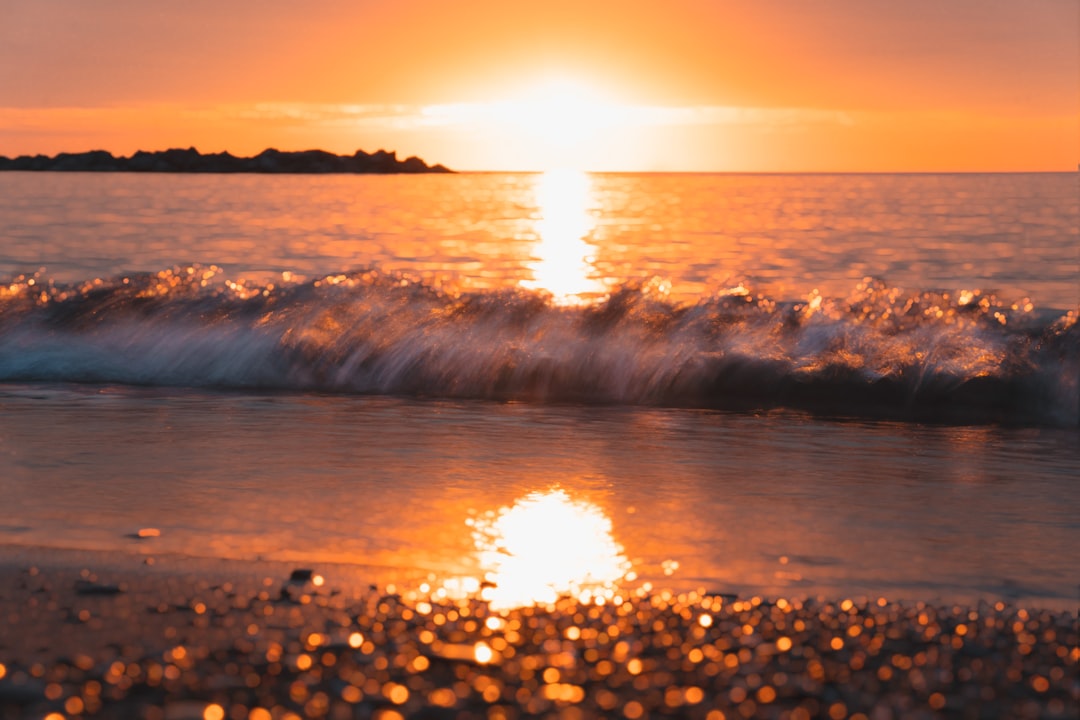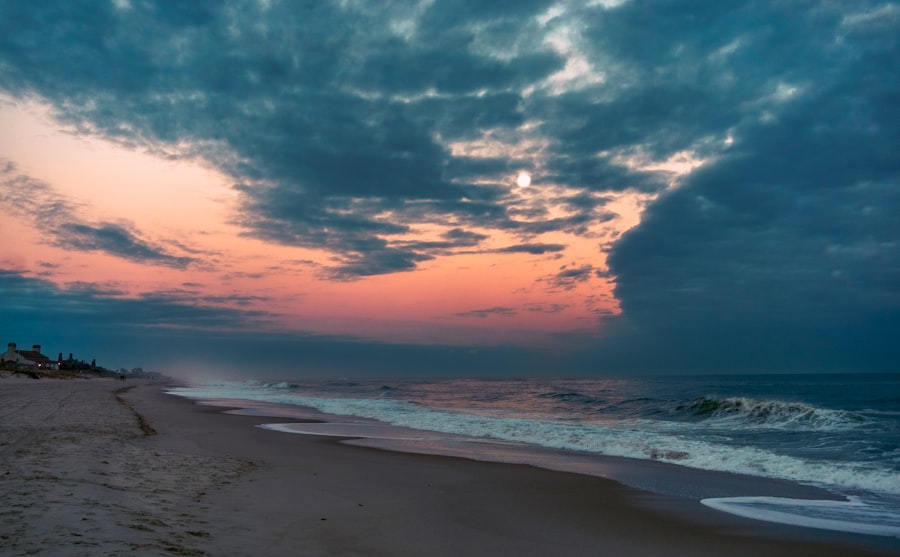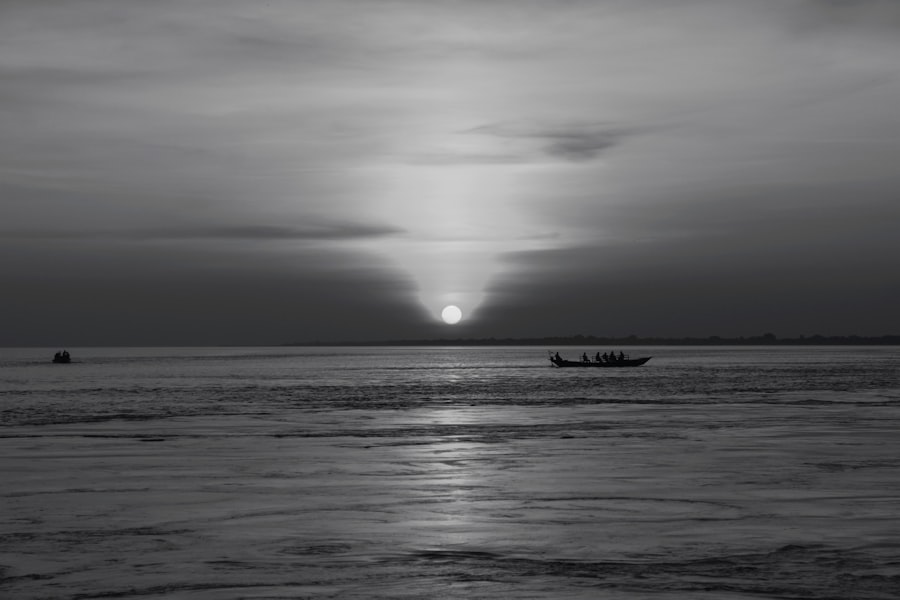
Guadeloupe, an archipelago located in the Caribbean Sea, is a region of France that boasts a rich tapestry of culture, history, and natural beauty. Comprising several islands, the two largest—Basse-Terre and Grande-Terre—are separated by a narrow sea channel known as the Rivière Salée.
The islands are characterized by lush rainforests, volcanic mountains, and pristine beaches, making Guadeloupe a paradise for nature lovers and adventure seekers alike. The climate in Guadeloupe is tropical, with warm temperatures year-round, making it an attractive destination for tourists seeking sun and relaxation. The local population is a vibrant mix of cultures, primarily influenced by African, European, and indigenous Caribbean traditions.
This cultural melting pot is reflected in the island’s music, dance, festivals, and culinary practices. As a French overseas department, Guadeloupe also enjoys a unique blend of Caribbean charm and European sophistication, offering visitors an experience that is both exotic and familiar.
Key Takeaways
- Guadeloupe is a French overseas region located in the Caribbean, known for its beautiful beaches, rich history, and vibrant culture.
- The island has a complex history, with influences from the indigenous Arawak and Carib people, as well as European colonization and African slavery.
- Must-visit places in Guadeloupe include the picturesque town of Deshaies, the historic Fort Delgres, and the stunning La Soufriere volcano.
- Guadeloupe is home to natural wonders such as the lush National Park of Guadeloupe, the stunning Pigeon Islands, and the breathtaking Carbet Falls.
- The culinary delights of Guadeloupe include traditional dishes like accras de morue (cod fritters), bokit (a fried bread sandwich), and fresh seafood prepared in Creole style.
- When traveling to Guadeloupe, it’s important to pack light, bring sunscreen, and be prepared for the island’s tropical climate.
Historical and Cultural Facts about Guadeloupe
The history of Guadeloupe is marked by colonization, slavery, and cultural fusion. Discovered by Christopher Columbus in 1493, the islands were initially inhabited by the Arawak and Carib peoples. The arrival of European settlers led to significant changes in the demographic landscape.
The French claimed the islands in the 17th century, establishing sugar plantations that relied heavily on enslaved African labor. This dark chapter in history has left an indelible mark on the island’s culture, shaping its social dynamics and cultural expressions. Today, Guadeloupe’s cultural identity is a vibrant blend of its colonial past and indigenous heritage.
The island celebrates its history through various festivals, such as Carnival, which showcases colorful parades, traditional music like gwo ka, and elaborate costumes. The influence of African traditions is evident in the island’s dance forms and music, which often incorporate rhythmic drumming and call-and-response vocals. Additionally, the Creole language serves as a testament to the island’s diverse heritage, with its unique lexicon reflecting the fusion of French and African languages.
Must-Visit Places in Guadeloupe

When exploring Guadeloupe, several must-visit locations stand out for their beauty and cultural significance. One such place is Pointe-à-Pitre, the largest city on the island of Grande-Terre. This bustling urban center is known for its vibrant markets, where visitors can immerse themselves in local life by sampling fresh produce and handmade crafts.
The city’s architecture reflects its colonial past, with colorful buildings that tell stories of a bygone era. The Memorial ACTe museum is another highlight, dedicated to the history of slavery and the transatlantic slave trade, providing a poignant insight into the island’s complex history. On Basse-Terre, the capital city of Basse-Terre is a charming destination that offers a glimpse into the island’s colonial architecture and rich history.
The Cathedral of Saint Peter and Saint Paul stands as a prominent landmark with its striking façade and intricate stained glass windows. Nearby, the Parc National de la Guadeloupe offers hiking trails through lush rainforests and breathtaking views of waterfalls like the famous Carbet Falls. For those seeking relaxation, the beaches of Grande-Terre, such as Sainte-Anne and Le Gosier, provide idyllic settings for sunbathing and water sports.
Natural Wonders of Guadeloupe
| Natural Wonder | Description |
|---|---|
| La Soufrière | An active volcano and the highest peak in Guadeloupe. |
| Carbet Falls | A series of waterfalls in the lush rainforest of Basse-Terre. |
| Grand Cul-de-Sac Marin | A large marine reserve with diverse marine life and mangroves. |
| Pigeon Islands | A popular diving and snorkeling spot with coral reefs and marine life. |
Guadeloupe’s natural wonders are among its most captivating features, drawing nature enthusiasts from around the globe. The archipelago is home to diverse ecosystems ranging from coral reefs to volcanic mountains. One of the most notable natural attractions is La Soufrière, an active volcano located on Basse-Terre.
Hiking to its summit offers breathtaking panoramic views of the surrounding landscape and a chance to witness geothermal activity up close. The trek can be challenging but rewards adventurers with a sense of accomplishment and awe-inspiring vistas. Another remarkable natural site is the Îles des Saintes, a small archipelago south of Guadeloupe that boasts stunning beaches and crystal-clear waters.
The islands are perfect for snorkeling and diving enthusiasts eager to explore vibrant coral reefs teeming with marine life. Terre-de-Haut, one of the main islands in this group, features picturesque streets lined with colorful houses and offers a laid-back atmosphere ideal for relaxation. Additionally, the Cousteau Reserve near Pigeon Island is renowned for its underwater biodiversity, making it a prime spot for diving excursions.
Culinary Delights of Guadeloupe
The culinary scene in Guadeloupe is a reflection of its rich cultural heritage, combining flavors from Africa, France, and indigenous Caribbean traditions. Local cuisine is characterized by bold spices and fresh ingredients sourced from both land and sea. One must-try dish is “colombo,” a fragrant curry made with meat or fish and seasoned with a blend of spices unique to the region.
This dish exemplifies the fusion of flavors that defines Guadeloupean cooking. Seafood lovers will delight in dishes such as “accras,” deep-fried fritters made from salted cod or fish mixed with herbs and spices. These savory bites are often enjoyed as appetizers or snacks during social gatherings.
Another popular dish is “bokit,” a type of sandwich made with fried dough filled with various ingredients like chicken, fish, or vegetables. Street vendors serve bokit at local markets, providing an authentic taste of Guadeloupean street food culture.
Tips for Traveling to Guadeloupe

Traveling to Guadeloupe can be an enriching experience if one is well-prepared. First and foremost, understanding the local customs and language can enhance interactions with residents. While French is the official language, many locals also speak Creole; learning a few basic phrases can go a long way in fostering goodwill.
Additionally, being respectful of local traditions and practices will help travelers connect more deeply with the culture. When planning a trip to Guadeloupe, consider the best time to visit based on weather conditions and local events. The dry season from December to April is ideal for beachgoers and outdoor activities; however, this period can also be busier with tourists.
For those seeking a quieter experience, visiting during the shoulder months may provide more opportunities for exploration without large crowds.
In summary, Guadeloupe offers an array of experiences that cater to various interests—from its rich history and vibrant culture to its stunning natural landscapes and delectable cuisine.
Each aspect contributes to an unforgettable journey through this Caribbean gem that continues to captivate visitors from around the world.
If you’re interested in exploring more about unique destinations around the world, you might find the article on “Oregon Facts and Places to Visit” quite enlightening. Similar to Guadeloupe, Oregon offers a diverse landscape and a rich cultural history that can enhance your understanding of different regions. From its stunning coastlines to its lush forests, Oregon, like Guadeloupe, is a treasure trove of natural beauty and intriguing places to explore. You can read more about it by visiting Oregon Facts and Places to Visit.
FAQs
What is Guadeloupe?
Guadeloupe is an overseas region of France located in the Caribbean. It is an archipelago consisting of several islands, with the two main islands being Basse-Terre and Grande-Terre.
What are some popular places to visit in Guadeloupe?
Some popular places to visit in Guadeloupe include the La Soufrière volcano, the Jardin Botanique de Deshaies (botanical garden), the Plage de Grande Anse (beach), and the Parc National de la Guadeloupe (national park).
What are some of the natural sights in Guadeloupe?
Guadeloupe is known for its stunning natural sights, including waterfalls such as the Cascade aux Ecrevisses, lush rainforests, and beautiful beaches with crystal-clear waters.
What is the culture of Guadeloupe like?
The culture of Guadeloupe is a blend of African, French, and Caribbean influences. The island is known for its vibrant music, dance, and cuisine, as well as its colorful festivals and celebrations.
What are some traditional dishes to try in Guadeloupe?
Some traditional dishes to try in Guadeloupe include accras de morue (cod fritters), boudin (blood sausage), colombo (a spicy curry dish), and bokit (a fried bread sandwich).
What activities can visitors enjoy in Guadeloupe?
Visitors to Guadeloupe can enjoy a variety of activities, including snorkeling, diving, hiking, and exploring the island’s historical sites and museums. The island also offers opportunities for sailing and fishing.



